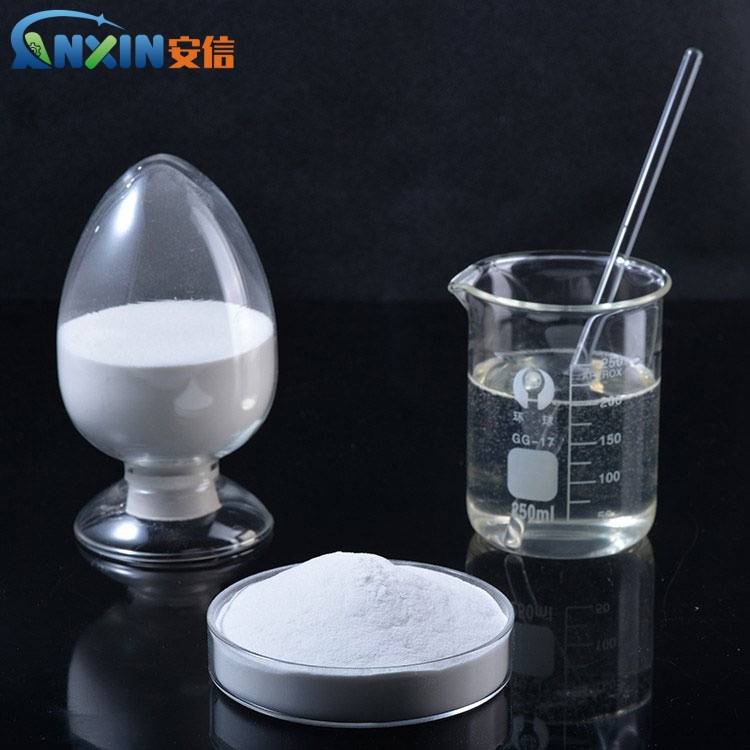What are the main raw materials of cellulose?
Cellulose, one of the most abundant organic compounds on Earth, serves as the primary structural component in the cell walls of plants. This complex polysaccharide is composed of repeating units of glucose molecules linked together, forming long chains. The main raw materials for cellulose production come from plant sources, primarily wood pulp, cotton, and various types of agricultural residues.
Wood Pulp:
Wood pulp is the most common raw material for cellulose production, accounting for a significant portion of global cellulose production. It is obtained from wood fibers, predominantly sourced from softwood and hardwood trees. Softwood trees like pine, spruce, and fir are favored for their long fibers and high cellulose content, making them ideal for pulp production. Hardwood trees such as birch, eucalyptus, and oak are also used, albeit with slightly different processing methods due to their shorter fibers and differing chemical compositions.
Wood pulp is extracted through a series of mechanical and chemical processes. Initially, logs are debarked and chipped into small pieces. These chips are then subjected to mechanical grinding or chemical treatment to separate the cellulose fibers from other components like lignin and hemicellulose. The resulting pulp is then washed, bleached, and refined to obtain the desired cellulose quality for various applications.
Cotton:
Cotton, a natural fiber obtained from the seedpods of the cotton plant, is another significant source of cellulose. It is primarily composed of almost pure cellulose, with very little lignin and hemicellulose content. Cotton cellulose is renowned for its high purity and strength, making it particularly valuable for producing high-quality cellulose products such as textiles, paper, and cellulose derivatives.
The process of extracting cellulose from cotton involves separating the fibers from the cotton seeds and other impurities through a series of ginning, cleaning, and carding processes. The resulting cotton fibers are then processed further to remove any remaining impurities and refine the cellulose for specific applications.
Agricultural Residues:
Various agricultural residues, including straw, bagasse, corn stover, rice husks, and sugarcane bagasse, serve as alternative sources of cellulose. These residues are by-products of agricultural processes and typically consist of cellulose, hemicellulose, lignin, and other organic compounds. Utilizing agricultural residues for cellulose production offers environmental benefits by reducing waste and utilizing renewable resources.
The extraction of cellulose from agricultural residues involves similar processes to wood pulp production, including size reduction, chemical treatment, and refining. However, the chemical composition and structure of agricultural residues may differ from wood, necessitating adjustments in processing parameters to optimize cellulose yield and quality.
Algae:
While not as widely utilized as wood pulp, cotton, or agricultural residues, certain types of algae contain cellulose and have been explored as potential sources for cellulose production. Algal cellulose offers advantages such as rapid growth rates, high cellulose content, and minimal land and water requirements compared to terrestrial plants.
Extracting cellulose from algae typically involves breaking down the cell walls to release the cellulose fibers, followed by purification and processing to obtain usable cellulose material. Research into algae-based cellulose production is ongoing, aiming to develop sustainable and economically viable methods for large-scale production.
the main raw materials of cellulose include wood pulp, cotton, agricultural residues, and, to a lesser extent, certain types of algae. These raw materials undergo various processing steps to extract and refine cellulose, which serves as a versatile and essential component in a wide range of industrial and commercial applications, including papermaking, textiles, pharmaceuticals, food products, and biofuels. Sustainable sourcing and innovative processing technologies continue to drive advancements in cellulose production, enhancing efficiency, reducing environmental impact, and expanding the potential applications of this valuable natural resource.
Post time: Apr-06-2024
